8. Tokyo Godfathers (2003)
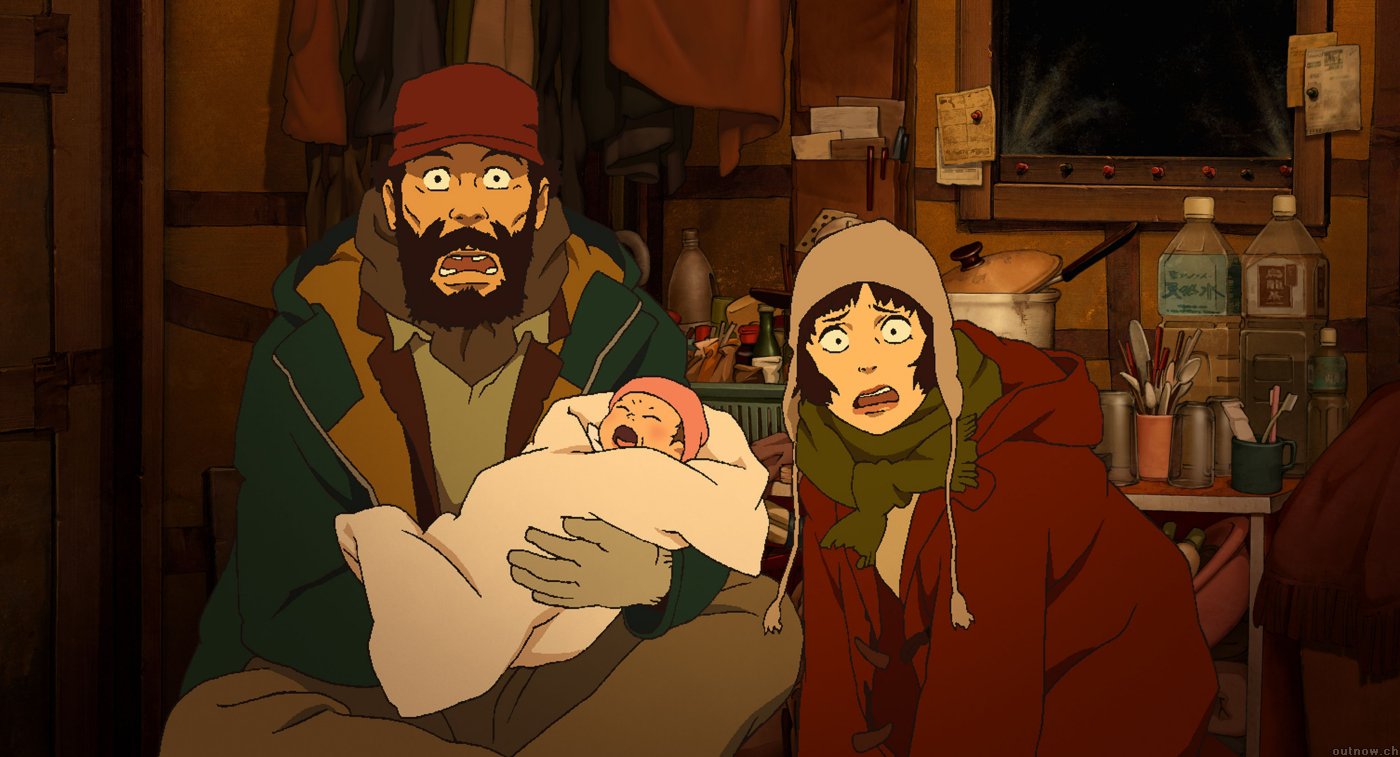
Director and animator Satoshi Kon only made four feature films in his lifetime before his death at age 46. All four are works of art but, arguably, Tokyo Godfathers will be remembered as Kon’s tour de force. A heartfelt comedy that examines themes of family, miracles and love.
What makes Tokyo Grandfather so special is its unique voice in the world of anime. Aesthetically, it follows the anime formula accurately but on a story/thematic level, the film tries to achieve something different. Part social realism, part It’s a Wonderful Life, Kon takes an interesting twist on the Peter B. Kyne novel, once even adapted into a John Wayne film, about three homeless individuals who discover a baby and seek to protect it from dark forces.
Japanese anime is typically associated with imagery ranging from magical realism to straight up magic. Kon tones down the over the top visuals, choosing to present a more down to earth film.
This is an anime film driven by characters and storyline. Kon’s decision to include socially maligned characters is also unique for the genre, especially Hana, a former drag queen mourning the death of his boyfriend. The inclusion of a queer character, especially in anime, is a risky move but Kon carries it off with distinction and heart.
7. Inside Out (2015)

In years to come, Inside Out may go down as one of Pixar’s greatest achievements but, barely two years old, the film is yet to stand the test of time. Regardless of this, the film is one of the studio’s most ambitious and daring, not only telling a visually rich and character driven story, but talking about a topic very relevant to children: mental health.
The sheer scope of imagination from director Pete Doctor and writers Meg LeFauve, Josh Cooley and Ronnie del Carmen is inspiring. The workings of Riley’s mind is on full display as her five anthropomorphised emotions work behind the scenes to keep Riley safe. Joy runs the show, using Anger, Fear and Disgust to help Riley in her day-to-day life while avoiding Sadness. However, after Riley relocates to a new city, Joy and Sadness are ejected from the control centre leaving, Riley scared and angry.
Doctor based much of Riley’s behaviour on his own daughters as well as his own social anxiety after relocating to Denmark as a child. Inspired by these experiences, as well as new theories on emotions in childhood, Pixar has crafted a film that, when narrowed down, tells a simple message: sometimes it is okay to be sad.
6. Howl’s Moving Castle (2004)
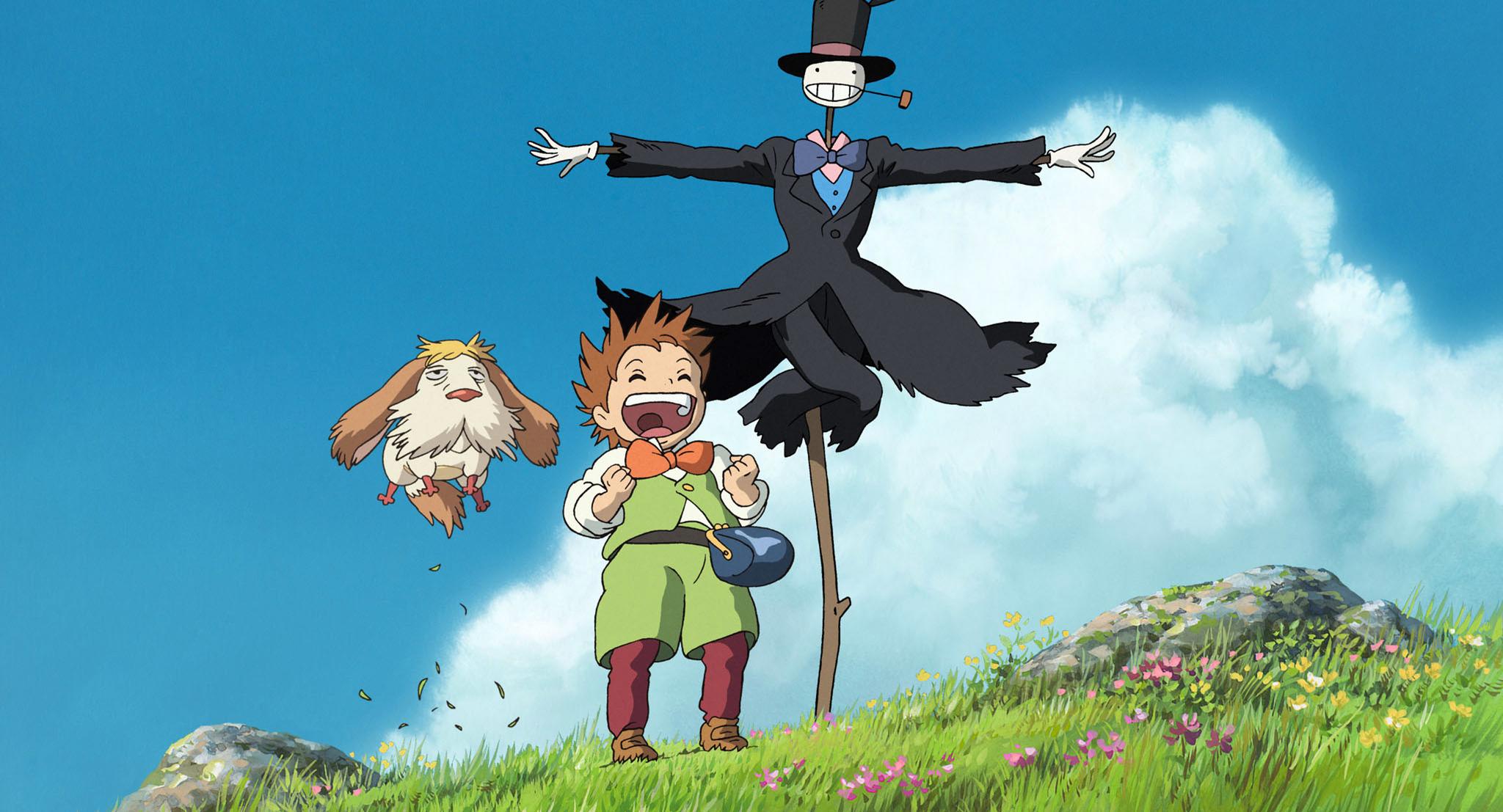
The impact that Hayao Miyazaki has had on cinema is truly astonishing. From his debut in 1984 with Nausicca of the Valley of the Wind to The Wind Rises in 2013, Miyazaki’s film could easily occupy an entire list of classic animated films. However, if asked to select just a few of his films that stand out, it is almost impossible to ignore the heartfelt anti-war allegory Howl’s Moving Castle.
Set in a fictional land that combines 20th century technology with magic, Sophie is a young hat maker cursed by the Witch of the Waste, turning her into an old lady. Seeking the help of the mysterious wizard Howl, the pair must try and prevent a war between two kingdoms.
The film is not just memorable for its story or visuals, but also its core themes. Miyazaki, a professed pacifist, made the film as a response to the US invasion of Iraq.
Despite concerns that the inclusion of politics and an anti-war message could affect the film’s international box office intake (it did not), Miyazaki’s decision to make a statement, especially during such a polarising period around the world, is courageous. However, politics and themes aside, Miyazaki’s work stands tall thanks to his emphasis on visuals and imagery.
Despite working in a medium dominated by 3D and stop motion, Miyazaki elevates traditional animation to new levels of artistic integrity. Howl’s Moving Castle is testament to this. The sheer scope of imagination with the marching castle and battleships mixed with the subtle beauty of the landscape and characters shows why critic Roger Ebert once declared Miyazaki the best filmmaker in animation in history.
5. The Triplets of Belleville (2003)
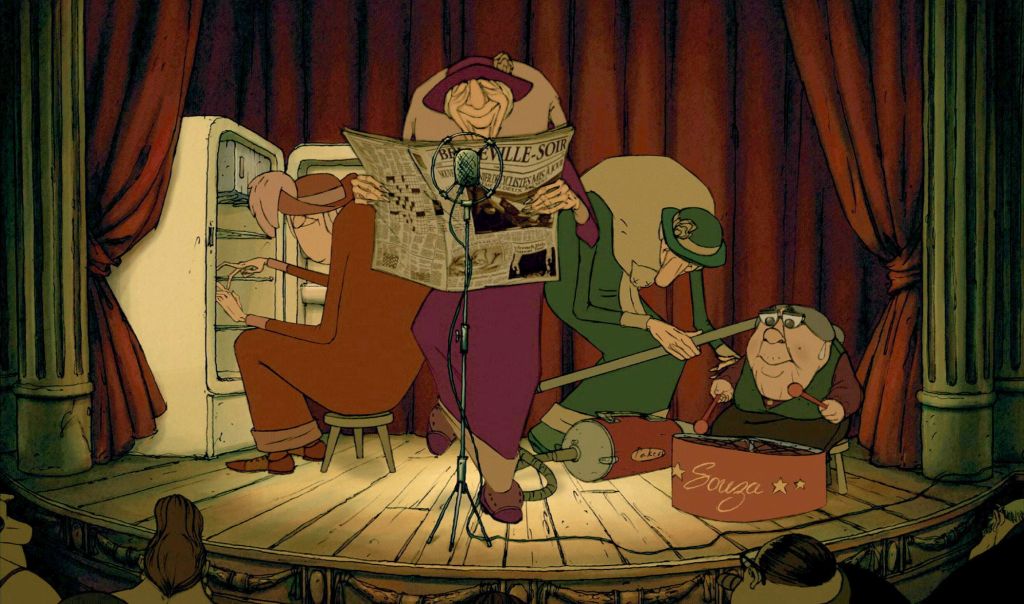
Crafting the perfect debut film is tough. Very few can achieve this, even less so if the director’s medium is animation. Only a handful of great animation directors see their debut feature film as a classic.
Most achieve this working within a studio environment, and then there is Sylvain Chomet. The French animator initially burst onto the scene with the Academy Award nominated short The Old Lady and the Pigeon establishing him as one of the best new talents in animation outside of the traditional American and Japanese circles.
When Souza’s grandson Champion, a cyclist competing in the Tour de France, is kidnapped by gangsters and taken to the city of Bellville, Souza must try and find him with the help her dog Bruno and the titular triplets as Champion is forced by a mob boss to compete in his own version of the Tour de France.
One key feature of this film that stands out is that there is hardly any dialogue. The film is told almost exclusively in pantomime with stories told through song. This is ambitious on any level but Chomet’s efforts pay off perfectly. The film is more than just an emotional tale of love and family, it is also a beautiful homage to the cultural history of France.
Cinema, cabaret, music halls and the Tour de France are all just a snippet of the country’s identity. Chomet’s animation is defined by its rough edges, brown colours and, to be frank, ugliness. But to Chomet, the beauty of his characters and the world they inhibit is much deeper than visuals.
4. Waltz with Bashir (2008)
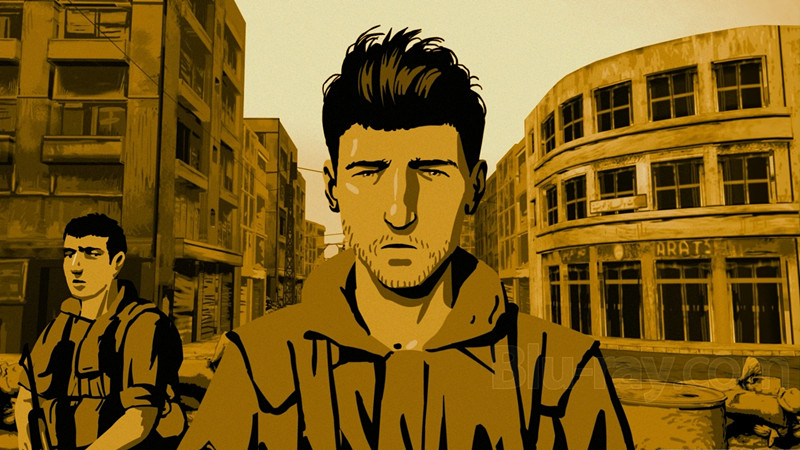
Since the nation’s founding in 1948, Israel has been in a constant state of war with its neighbours. This had a significant impact on its citizens who all possess a shared memory of conflict as both soldiers and civilians. All Israeli citizens are required to complete mandatory service in the Israeli Defence Force, meaning that all its residents have, in one way or another, experienced war first hand.
Director Ari Folman is no exception. Folman served in the IDF during the Lebanese Civil War where he was a witness to the Sabra and Shatila massacre, where Lebanese Christians massacred several hundred Palestinians and Lebanese Shi’ites in a refugee camp in Beirut.
Folman’s retelling of the massacre is less of a documentary, and more of a form of therapy. Folman confesses that not only is he suffering from vivid and surreal nightmares about his time in Lebanon, but he cannot actually recall his time during the war. He meets with several former comrades as he tries to remember what happened.
Folman’s depiction of his war is unique. Various Israeli directors have tackled their own experiences of their service in the IDF including Samuel Moaz (Lebanon), Joseph Cedar (Beaufort) and Amos Gitai (Kippur) but Folman tries something different. Waltz with Bashir is not defined by its characters or storyline, but by key moments.
A mixture of amnesia and dreamlike hallucination allows Folman to present a fractured memory. Key images like the soldiers emerging from ocean or the dancing soldier firing wildly in the air define the film and Folman’s statement on the fallibility of memory.
3. Up (2009)
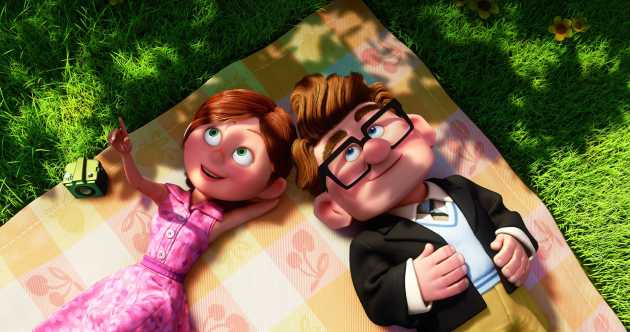
The simplest of Pixar’s concepts ended up creating one of the studio’s greatest works. Up is the by-product of director Pete Doctor’s unique imagination, sense of childlike wonder and his own experiences as an isolated child. While the idea of an old man escaping his suffocating life in the city by tying hundreds of balloons to his roof and floating away could easily lose momentum, the minds at Pixar know just how to keep the story going.
What grabs the audience is not just the concept of a floating house, but also the unintentional stowaway. The appearance of Boy Scout Russell on the Carl’s front deck immediately introduces a brand new dynamic never seen in Pixar before. Russell and Carl’s sense of adventure and wonder as they explore the world around them.
Up is a masterpiece in every sense of the word. This is made perfectly clear from the opening scenes as the audience is given a glimpse into Carl’s early life as a keen adventure enthusiast who settles down after meeting his future wife Ellie. Carl’s entire life is summed up with the use of, arguably, the greatest montage in cinema history. No dialogue, just images.
We learn the heartbreak of Ellie’s miscarriage/infertility and the slow decline of her health as it becomes clear that the pair abandoned their dreams of adventure for each other. The core theme from this is an old and simple one: it is never too late to find happiness.
2. Wall-E (2008)
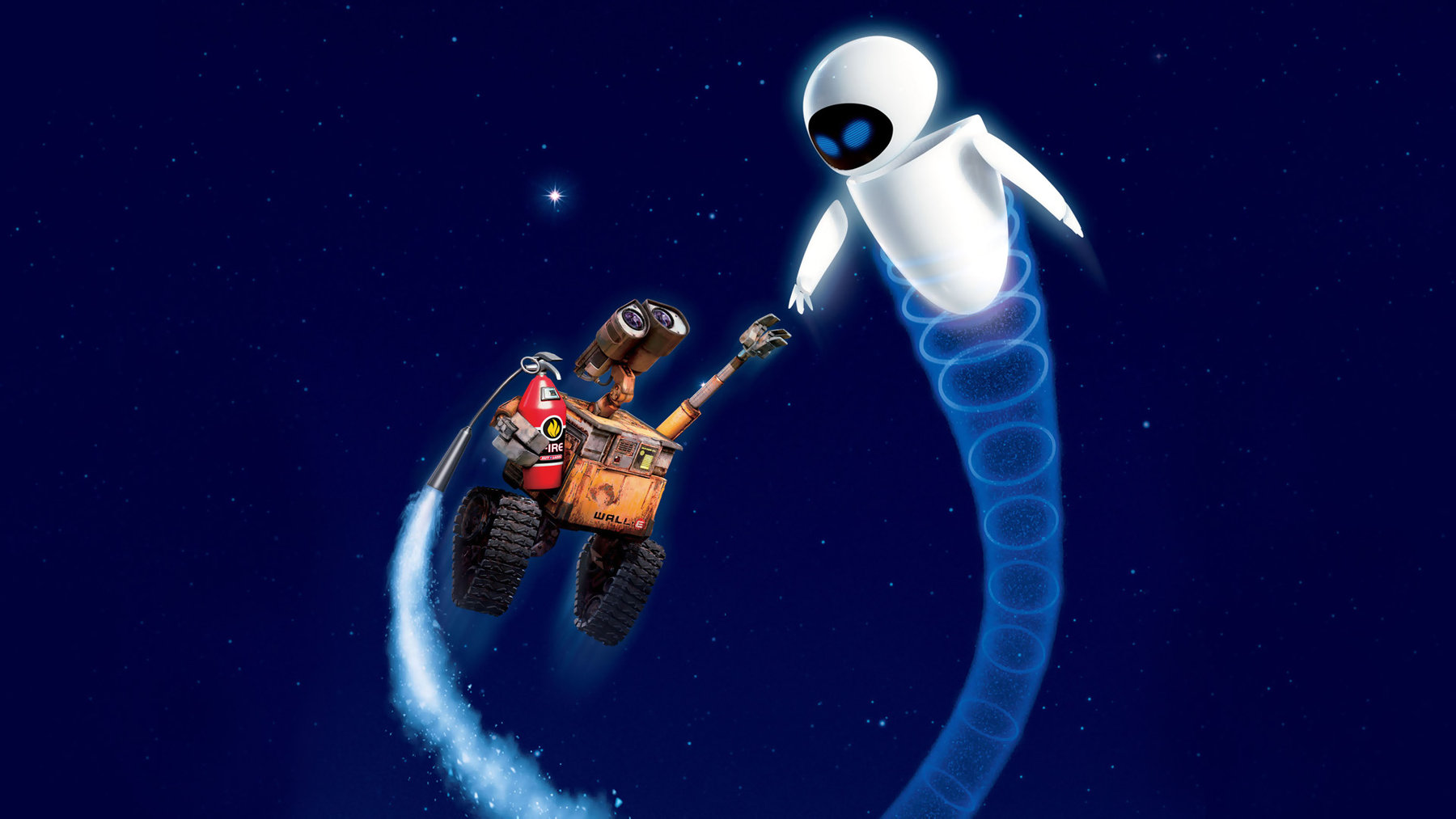
Pixar’s greatest film of the 21st century is also one of its most daring. A film with a strong environmental and social message delivered through the story of two recycling robots that share no dialogue. On paper, this could be seen as a risky decision. However, this is Pixar and their team knows how to deliver an enriching tale with an unconventional hero.
Several hundred years has passed since mankind was evacuated from a heavily polluted Earth. The company responsible, Buy-N-Large, has left behind hundreds of trash compacting robots to clean up the planet. But, by 2805, nearly all of them have malfunctioned with the exception of one.
The titular WALL-E has grown sentient over the centuries, continuing with the tedious task of cleaning earth, while collecting various items and watching old Hollywood musicals. When a second robot, EVA, is sent to Earth on a scouting mission, WALL-E quickly falls in love and finds himself on a journey to mankind’s new home.
Despite the films various themes, including the environment, consumerism, corporations, waste management and obesity, the film remains quite grounded with an enthralling story and meaningful characters. WALL-E is the least anthropomorphic protagonist in the Pixar universe yet he conveys so much emotion through his eyes and the pitch in his voice.
What makes the film all the more charming is how oblivious he is to the stakes. He is key to saving mankind and returning them to Earth, yet he does what he does simply because he has fallen in love with EVA. The visuals and themes of WALL-E are remarkable but the characters themselves are what make this film so special.
1. Spirited Away (2001)
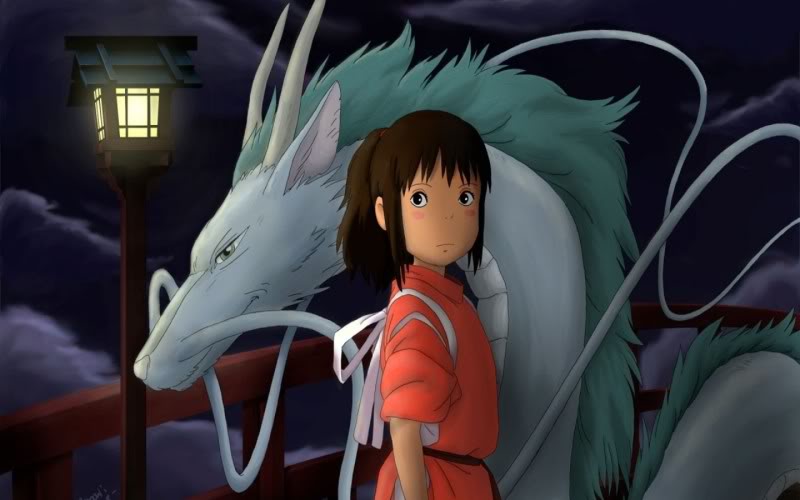
The films of Hayao Miyazaki could easily occupy an entire list of anime films or even a list of all animated films from around the globe. Frequently cited as one of the top animated film directors in cinematic history, Miyazaki’s work could have easily occupied this entire list, essentially guaranteeing the top spot to one of his films. Out of all the films in Miyazaki’s filmography, the one that truly stands out is the film that elevated Miyazaki to international fame: Spirited Away.
Throughout his career, Miyazaki has always been fascinated with magic, whether it is the magic of the human spirit or literal magic. On the surface, the film could easily be labelled a film about magic, with ideas and themes on par with Lewis Carroll’s Alice’s Adventures in Wonderland, as ten-year-old Chihiro finds herself trapped in a spiritual world.
However, Miyazaki’s film goes a lot deeper, examining the transition between childhood and adulthood. Spirited Away is possibly the most pure and wonderful coming of age tale told in recent times.
Pixar pioneer John Lasseter, a fan of Miyazaki’s work, helped introduce his work to a wider international audience setting a higher standard for all filmmakers, including Lasseter. Spirited Away is layered with so much imagery and history. Miyazaki addresses the impact that contemporary Japanese society has on its citizens, one that forgets the importance of spirituality.
Miyazaki has recently returned to semi-retirement but, despite having worked on projects after announcing his retirement, it is unknown how many more films we can expect from him. However, Miyazaki’s legacy stands strong with Spirited Away at the masthead.